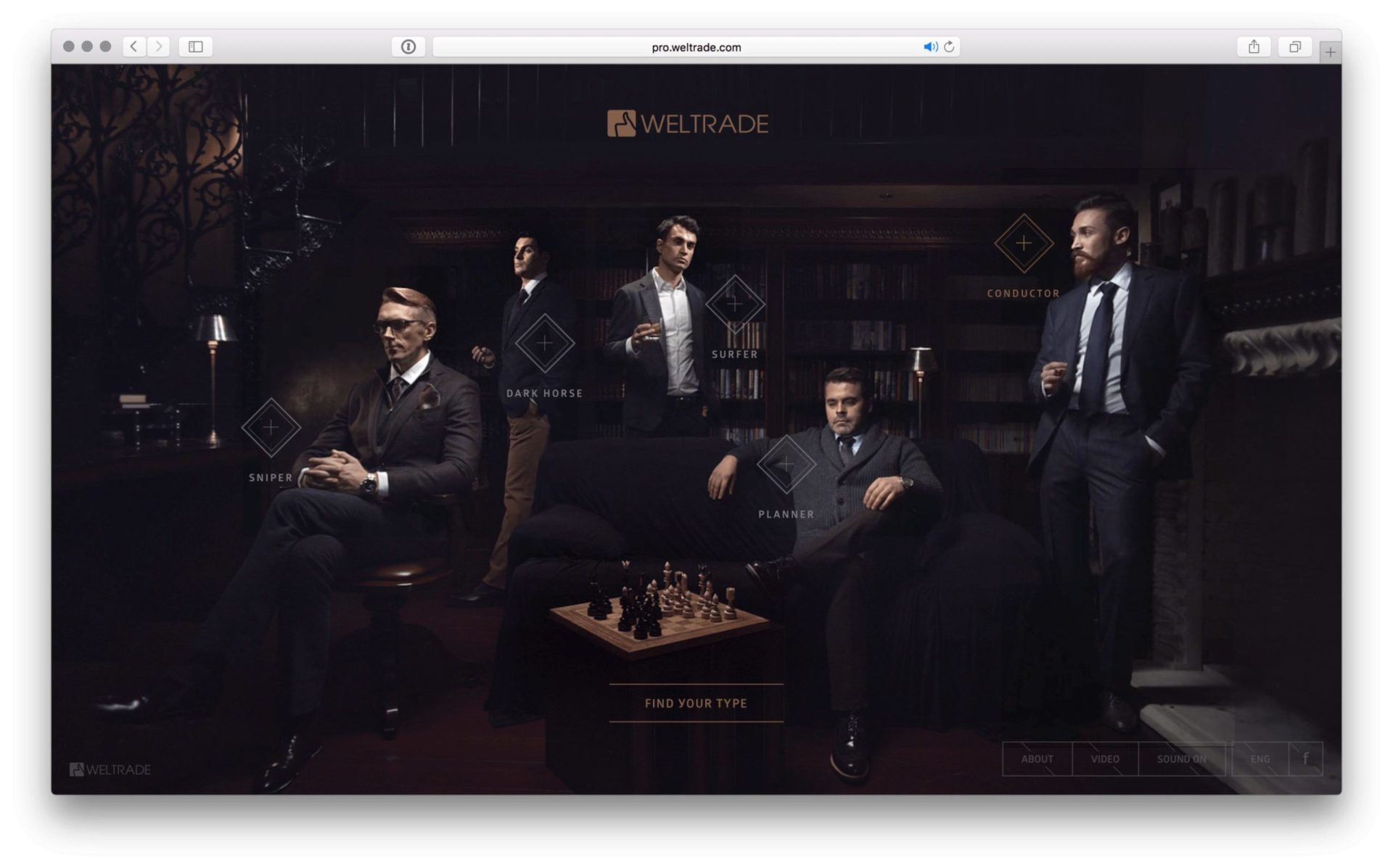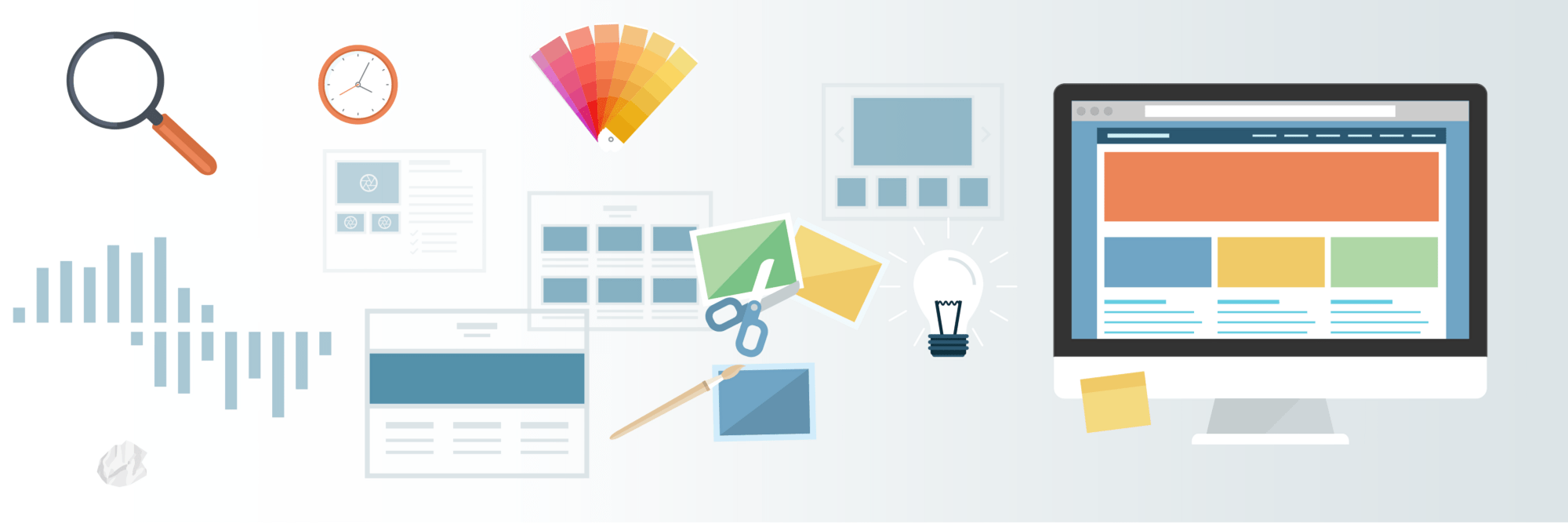The terms user experience and customer experience may seem like interchangeable concepts. They both exist to ensure that your target market can easily interact with a product without any problems or complications. However, there are critical differences between the two roles. These are important to understand if you want your business to get ahead in the increasingly competitive landscape of tech companies. At the core, user experience and customer experience focus on different customer journey aspects. As we dig deeper, we can see how each role’s perspectives lead to very distinct approaches to product design and development. This blog post will explore key differences between UX vs CX. Since there are similarities, we’ll also cover how they complement each other to create a seamless experience. By the end, you’ll know which role is right for your business and how to best leverage the strengths of each.
What is User Experience?
Let’s start with the term UX, an abbreviation of user experience. This concept was born first and brought forth in the 1990s. Many attribute its inception to Don Norman and Jakob Nielsen of the Nielsen Norman group. Though the term is relatively new, putting users first has been around for much longer.
At its core, user experience refers to the user’s interaction with different elements within a specific product or service. This can include everything from how easily they can navigate the interface to how well it meets their needs and expectations. The ultimate goal is to create a seamless experience that satisfies users and drives sales or engagement.
In short, good UX is all about functionality and usability. A digital product may have the most stunning design or innovative features, but it won’t be successful if it isn’t intuitive and easy to use. That’s why UX professionals play such a key role in tech companies. They are responsible for ensuring that the end user can seamlessly access all the benefits of your product or service.
Common project goals and objectives of good user experience professionals include:
Ensuring the design of a product is easy to navigate, intuitive, and addresses user needs.
There is a fine line between making a product too complex and creating one that is too simple. On the one hand, you want to ensure that users can easily find what they need and complete their desired tasks. On the other hand, you don’t want to overwhelm them with unnecessary features or make it difficult for them to do what they came for.
It’s one of the biggest challenges of UX design: striking a balance between simplicity and functionality.
For example, imagine you have a digital product that offers online tutoring services. The UX team might focus on ensuring that the user interface uses clear language and visual cues. They may also work with developers to ensure that users can easily find their area of interest or speak with an expert on a specific subject. Lose one or the other, and your users will likely become frustrated or confused.
Collaborating with multiple teams to build a usable digital product
UX design does not happen in a vacuum. It requires collaboration with multiple teams within an organization. These teams include developers, marketers, and customer service, among others. That is important to keep in mind because the goals of each team can sometimes conflict.
Let’s say that UX designers want to add a new feature that is popular with consumers but will increase the error rate. Or even worse, it might slow down site load times. It may conflict with the interests of developers, who need to ensure that the site is speedy and glitch-free.
The key here is communication and compromise. UX designers must be able to communicate their needs effectively to other teams while also being open to feedback from others. In turn, all teams involved should keep an open mind regarding their priorities. While this may be easier said than done, it ultimately leads to a successful product or service. One that satisfies the needs of both users and stakeholders.
Using user feedback from interviews to continuously improve product
The best way to understand your users is to talk with them and listen carefully. Along the customer journey, UX professionals constantly listen to user feedback. They incorporate it into future updates or new product rollouts. That may include everything from conducting surveys and interviews to hosting focus groups. They can also solicit online comments via social media. The goal is to gain a deep understanding of users’ needs, preferences, pain points, and more.
Look at how Amazon uses user feedback to improve its products. They frequently survey customers and gather feedback on new product features. This strategy allows them to make data-driven decisions on what changes or updates should be prioritized. Apple, on the other hand, tends to rely more heavily on its own proprietary data and metrics.
Usability testing is another key part of UX design. Testing involves putting prototypes or recently launched products into the hands of real users. You can then see how they respond and what issues arise. Incorporating user feedback from interviews and usability testing is crucial. UX designers can continuously improve digital products over time. The result is a product that meets the needs of users.
What is Customer Experience?
While user experience focuses on the key elements that make up a digital product, customer experience goes beyond the design process. It addresses the overall journey of your customers. This discipline includes every interaction that a user has with your brand across all touchpoints.
These touchpoints include pre-purchase activities such as browsing your website, interacting with your brand on social media, or talking with customer service representatives. They also include post-sale activities. Think tracking orders, accessing support resources, and contributing feedback via surveys or forums.
As such, the customer experience is much broader than the user experience. One might say that UX design is just one part of the larger puzzle that makes up the customer experience. But ultimately, all of these elements work together to build a cohesive and positive customer journey.
The ultimate goal is to increase customer loyalty and retention. To reduce churn rate, you must embellish the overall experience that your customers have with your brand. In the scope of their work, good customer experience professionals focus on the following:
Developing strategies that address the full scope of the customer journey
We know that this is the main goal of CX design, but how do they achieve it? One strategy that customer experience professionals commonly use is to develop a customer journey map. This map is essentially a visualization of the different interactions and touchpoints that users have with the brand.
For each touchpoint, the map identifies your customer’s goals. It looks at how they interact with you at that point in their journey and what makes them feel positive or negative about the experience. You can measure customer satisfaction through the success rate of various metrics, such as the Net Promoter Score (NPS) or CSAT survey scores.
Once you have developed a customer journey map, you can identify areas where the experience could be improved. It’s vital to develop strategies that address these challenges. For example, suppose many customers are struggling with shipping or order tracking issues. In that case, you might develop a new process or tool that makes this easier for users.
Tailoring customer experiences that target specific audiences demographics
Another key strategy for customer experience professionals is to use data and analytics to tailor the experience for specific audiences. It’s no secret that customers have different needs, preferences, and pricing expectations. These are based on age, gender, income level, and more. By using data to segment your audience into specific groups, you can optimize the experience for each group.
If you target millennial business travelers who tend to book hotel rooms through their mobile devices, you might optimize your website for mobile browsing. That might involve simplifying the checkout process or making it easier to compare prices and room features. You can also offer promotions that encourage users to book directly with you.
Overall, customer experience is a holistic approach to improving the overall relationship that your customers have with your brand.
Key Similarities & Differences between UX and CX Professionals?
Now that we’ve defined the key concepts of UX vs. CX, let’s explore the similarities and differences between these two roles. You’ll find that although they have some overlap, some key differences set them apart. Here’s what you need to know about CX vs. UX:
Similarities
One of the key similarities between UX and CX professionals is that they aim to improve your brand image. They do so by enhancing the overall experience that your customers have with your company, which in turn builds trust and loyalty. They also both use customer feedback to improve their respective experiences.
They depend on users interacting with your products, services, and overall brand. As such, they need to understand the user’s needs and motivations to design effective solutions. Additionally, they must also have a deep understanding of various platforms and software tools.
Differences:
As for what separates UX from CX professionals, one key difference is their focus. Good UX might focus on user interface design, information architecture, usability testing, and more. Meanwhile, CX might focus on customer service design, experience management, and more.
Another difference is that UX focuses primarily on digital experiences. For example, it would typically involve website design or mobile app development. By contrast, good CX can involve anything from post-sale support to social media interactions.
UX research typically involves user interviews or surveys to better understand user behavior. CX research might involve collecting customer feedback through NPS scores or CSAT surveys.
Finally, it’s important to note that although UX and CX are often intertwined, there can also be potential conflicts between these two roles. For example, UX professionals might prioritize usability, even if it alienates customers. Similarly, CX professionals might focus on customer service over a seamless user experience. As a result, these roles need to work together and collaborate effectively to develop optimal user experiences.
Do you need both a UX and CX professional on your product development team?
When it comes to product development, you might wonder which roles you need on your team: UX or CX. The answer depends on several factors, including the product type and what you prioritize in your designs. Many companies hire both a UX and CX professional, as they can complement each other in different ways.
Understanding that both disciplines work towards improving the outlook that users have on your brand is an important first step. UX can be seen as a part of CX, as it focuses on optimizing the product interface, thus improving customer interactions. After all, using your product is an integral part of having a great customer experience.
Evaluate the customer’s needs and preferences, and think about how your product can better meet these needs. Consider usability, functionality, and overall design when making decisions. If you already have strong brand processes, you may get away with a UX-only professional.
On the other hand, if you’re lacking in this area, hiring a CX professional may be a good idea. This person can help build strong relationships with customers. They ensure your brand meets customer expectations.
Outsource to SWARM
If you’re looking to improve your user experience for digital products, you may consider outsourcing to a company like SWARM. Our team of expert UX professionals can help you design and optimize your user interface, website, or mobile app.
From conducting user research to prototyping, we have the skills you need to create an engaging digital experience. With a strong focus on customer-centric design, we can help you build trust and loyalty among your customers.
Extensive experience
Our team of 70+ UX professionals has extensive experience working with clients across industries. We’ve been in business for nearly a decade and have successfully delivered projects to clients worldwide. You can find out more about our past work on our website and read case studies to understand our approach.
Professional Services
In addition to our design and development services, we also offer a range of professional services you can leverage as part of your UX strategy. These include user research, content strategy, visual design, and more.
We work closely with our clients to understand their unique needs and work towards achieving their business goals. With a collaborative approach and agile methodology, we can help you deliver products that drive results.
Include emerging technologies such as VR, AR, or AI in your UX/CX strategy to stay ahead of the competition. It will create new opportunities for your business. At SWARM, we continually invest in our team and capabilities to ensure we are at the forefront of UX innovation.
Contact SWARM Today
What are you waiting for? If you want to improve your user experience and customer experience, contact SWARM today to request a free consultation. Our team of experts can help you identify the right strategies and solutions to meet your design goals.
We look forward to working with you!




